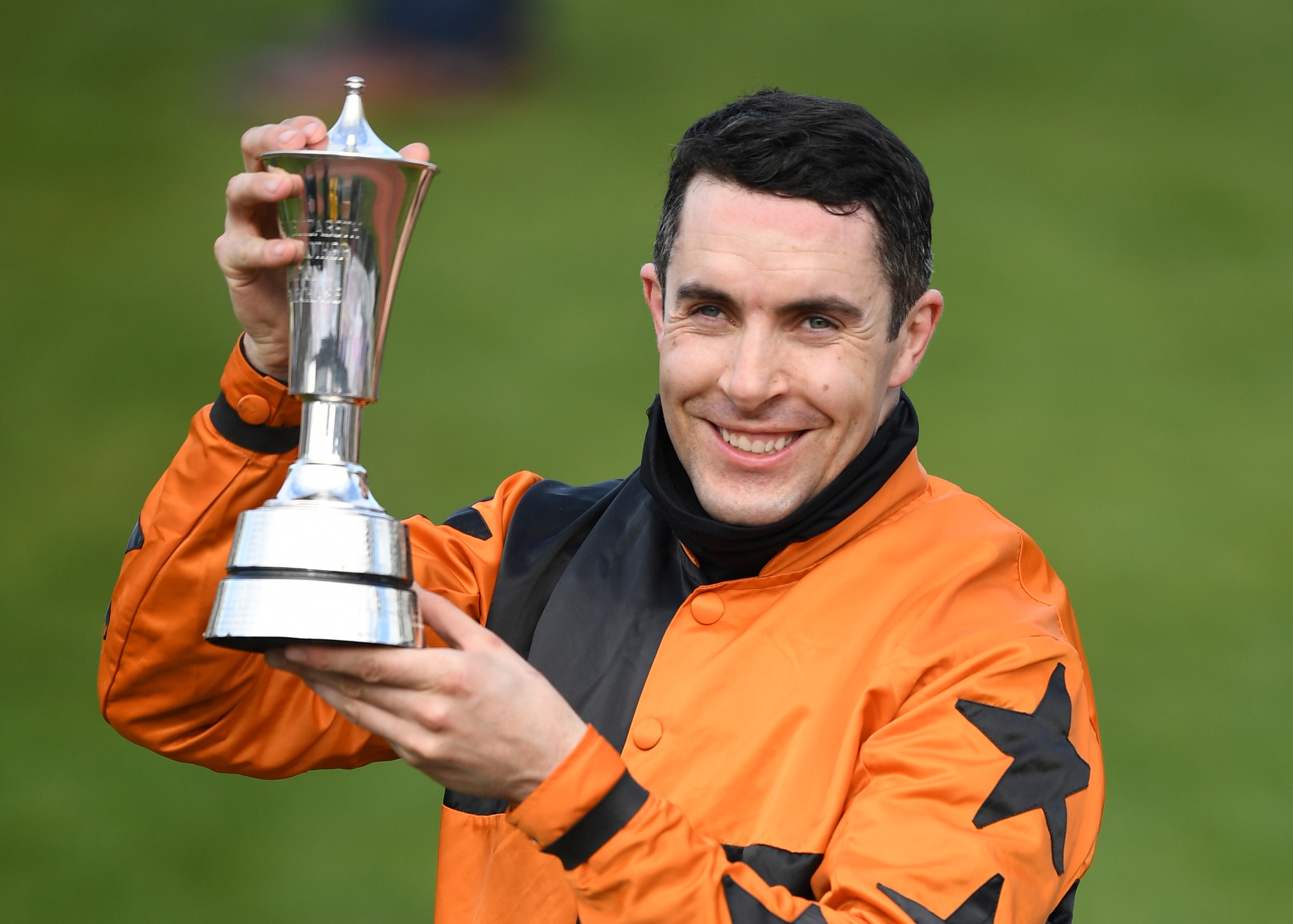Expert Insight
Former top jockey Aidan Coleman, who recently retired, shares his exclusive pick for the upcoming Grand National race at Aintree.
Top Contenders
Coleman believes Irish horses will dominate this year's National, with strong support for Willie Mullins' runners and Gary Moore's Nassalam.
Expert Prediction
Coleman singles out Vanillier as his top choice for the race, citing the horse's impressive performance last year and trainer Gavin Cromwell's strategic preparations.
Top Three Picks
In addition to Vanillier, Coleman predicts a strong showing from Mahler Mission and Mullins' I Am Maximus, foreseeing a tough competition for British trainers.
Controversial Changes
Despite changes to the race format, including a reduction in the number of runners and an earlier start time, Coleman expresses disappointment, emphasizing the allure of the traditional 40-runner cavalry charge.
Stamina Test Ahead
Coleman highlights the challenging ground conditions for this year's race, emphasizing the need for stamina and endurance among the competing horses.
Gamble Responsibly
As the excitement builds for the Grand National, it's crucial to remember to gamble responsibly and set limits to ensure a safe and enjoyable experience.
Frequently Asked Questions
When should a horse begin training for racing?
Horses that are two years old can begin training, although they may start with basic training. It is at this age that their bodies are ready to take on the demands of the racetrack, yet still young and flexible enough to adapt. The exact timing depends on the horse’s maturity and temperament.
Are there different race training methods for different horse breeds?
As breed characteristics and race distances vary, so can the training methods for horses. Thoroughbreds are often associated with flat-track racing over long distances. They receive different training than Quarter Horses who specialize in sprinting. Each breed is unique and requires a different approach to match their physical characteristics and behaviors.
What type of diet is ideal for racing horses?
Racehorses need a diet that is high quality and perfectly balanced to support their training and racing. The feed is a mix of commercially produced racehorse-specific feed, high-grade hay and grains such as barley or oatmeal. A diet that is rich in essential vitamins, minerals and nutrients will support the horse’s health and help them perform at their best.
What health precautions do you need to take when training a horse for racing?
To prevent injury or illness, racehorses need to be given the attention they deserve. Regular veterinary examinations, vaccinations dental care and hoof management is essential. Monitoring the horse’s signs of fatigue, discomfort or strain is equally important. By implementing a training plan that is well thought out and allows for a gradual progression of intensity, you can minimize the risk of injury to your musculoskeletal system.
Is a special shoe required for racehorses?
Racehorses wear special shoes called racing plates, which are lighter and thinner than regular horseshoes. These plates minimize weight while providing the necessary traction for the racetrack. A racehorse farrier will select and fit the shoes according to each horse’s foot conformation, and the surface on which they will be racing.
How can you maintain the mental health of a racehorse?
Maintaining a racehorse’s mental health as well as their physical condition is crucial. Racehorses’ psychological well-being is enhanced by varied routines and mental stimulation. It is important to ensure that the horse interacts with other horses, and maintain a calm and stable environment. This will help prevent behavioral problems and stress.
Statistics
- Racehorse mortality rates during racing have been observed to be between 1.5 to 2 deaths per thousand starts, depending on the racing jurisdiction.
- The majority of racehorses in training are subject to an exercise regimen that includes being ridden six days a week.
- Gastrointestinal issues affect up to 90% of racehorses during their training, emphasizing the need for careful dietary management.
- Research has found that a racehorse’s stride length can increase by up to 7% following specific strength and conditioning programs.
- An extensive survey indicated that over 90% of racehorse trainers utilize swimming as a low-impact exercise in their conditioning routines.
- Around 80% of thoroughbred racehorses begin their racing careers by the age of two, according to industry estimates.
External Links
bloodhorse.com
grayson-jockeyclub.org
equibase.com
horseracing.com
jockeyclub.com
britishhorseracing.com
How To
How to teach a horse racing tactics
To teach a racehorse racing strategies, you need to combine trackwork with guidance from a professional jockey. Practice gate starts, pace, positioning and responding to different tempos in a race. Role-play different race scenarios to teach adaptability and introduce the horse to the dynamics of a competitive environment. A horse that has been properly trained can follow the instructions of their rider and execute different strategies.

